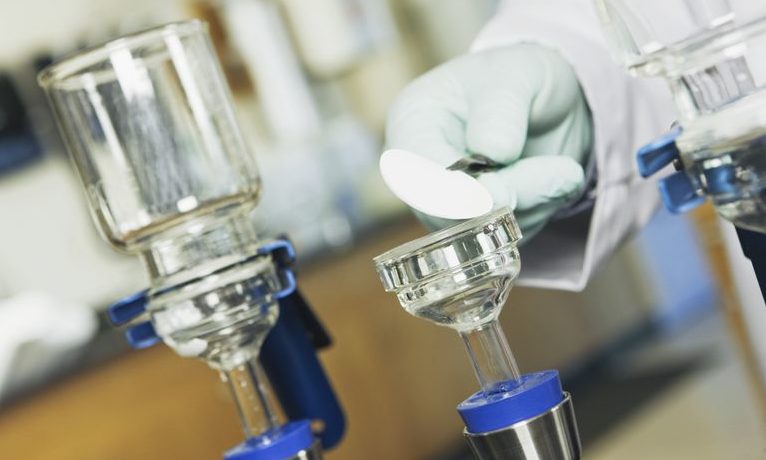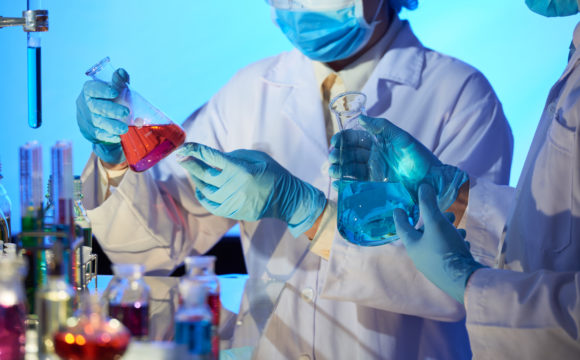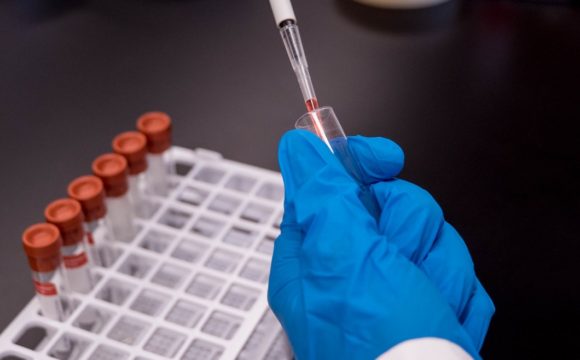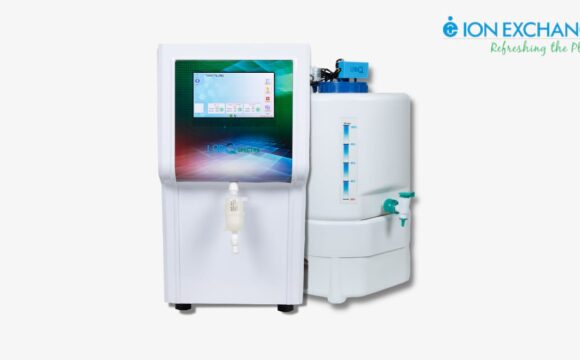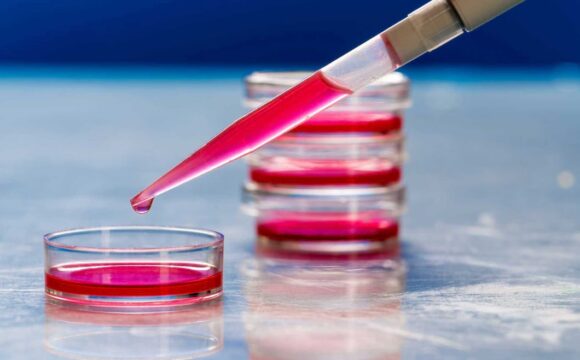A syringe filter is a membrane-based product useful in the removal of specific impurities, including bacterial contamination from the fluids samples. The syringe filters are generally used for effective and fast filtering, sterilization and material purification in many laboratories.
Why it is necessary to select the right syringe filter?
All the analytical processes where test sample filtration is compulsory are very critical. Even a small mistake can affect the entire process and ultimately results. Choosing the correct syringe filter enables you to get accurate results and speed up the entire discovery or diagnosis process.
The selection of correct syringe filter in all analytical tests is a pivotal task. There are several factors to be considered while selecting the syringe filter. Here we have explained some of the important factors you need to look at for making an informed decision.

- Filter Body: The Selection of the filter body depends on the sample to be filtered. Filter body can be disposable, generally made up of polypropylene. It can be also reusable normally made up of polycarbonate and stainless steel.
- Appropriate Pore Size: The Selection of the pore size of the syringe filter depends on the size of the particles to be filtered out from the aqueous solution. Generally, syringe filters are available in 05 µm, 0.10 µm, 0.22 µm, 0.45 µm, 0.70 µm, 0.80 µm, 1 µm, 3 µm, 5 µm, and 10 µm sizes. More often 0.2 um and 0.45um pore size filters are used in laboratories. The smaller the pore size, the more the pressure required to pass the sample through the syringe membrane filter.
- Filter Diameter: Syringe filter diameter depends upon the volume of the sample to be filtered. If the volume of the aqueous sample is Higher, the filter should be with a larger diameter. Syringe filters are available in a variety of diameters including 4mm, 13mm, 17mm, 20mm, 25mm, 30mm, and 33mm. For smaller volume samples (approximately 1 ml), filters with 4mm diameter are used, while for larger volumes (approximately 100 ml), filters with 30mm diameter are used.
- Membrane material: While selecting membrane material following key aspects should be considered. Below are the types of membrane material commercially available in the market.
- Cellulose Nitrate(CN) membrane is the most commonly used hydrophilic filter membrane material in many laboratory filtrations. CN membrane offers the fastest flow rate.
- Cellulose Acetate (CA): Cellulose Acetate (CA) membrane material is hydrophilic in nature generally used for biological and aqueous samples. It is a lower protein binder and a strong membrane.
- Nylon Membrane: It is a strong, hydrophilic membrane material generally used for filtration of aqueous solutions including bases, most HPLC solvents, alcohols, and aromatic Hydrocarbons.
- Glass Microfiber (GMF): Glass Microfibers are compatible with most of the solvents. Mainly used in filtration of heavily contaminated samples, air, and DNA from biological samples. GMF membranes come with a greater pore size than other membranes.
- Polyethersulphone (PES): Polyethersulphone (PES) membranes are low protein binders and hydrophilic in nature. These membranes are used in filtration of strong bases, proteins, peptides.
- Polypropylene (PP): Polypropylene (PP) membranes are low protein binders and hydrophilic in Generally used infiltration of a variety of organic solvents and biological solutions.
- Polytetrafluoroethylene (PTFE): Polytetrafluoroethylene (PTFE) membranes are hydrophobic in nature and chemically resistant to many acids, bases, and solvents. The membranes hold good thermal stability, however, they need pre-wetting treatment before using for filtration of aqueous solvents.
- Polyvinylidene Difluoride (PVDF): Polyvinylidene Difluoride (PVDF) membranes are low protein binders and hydrophilic in nature. Generally used in filtration of biological samples.
- Regenerated Cellulose (RC): Regenerated Cellulose (RC) membranes are low protein binders and hydrophilic in nature. They are used in filtration of tissue culture media filtration and general biological sample filtration
- Chemical compatibility: While choosing a syringe membrane filter it is necessary to consider whether the filter’s material is able to hold the chemical nature (Acidic or Basic) of the aqueous solution.
- Flow rate: Membrane flow rate is also an essential aspect while selecting membrane material.
- Wettability of the membrane: It is necessary to consider whether the membrane is naturally hydrophilic or hydrophobic. Hydrophilic filters keep away other molecules and enable water to get access through membrane. Filters made up of polyethersulfone (PES), Nylon, Cellulose Acetate(CA), Regenerated Cellulose (RC), Anopore, Glass Fibre, and polypropylene are hydrophilic in nature.
Sometimes naturally hydrophilic filters are not adequate to filter some more acidic samples. In that case, hydrophobic filters are prewetted during the production process to make them hydrophilic. Hydrophilic Polytetrafluoroethylene and Hydrophilic PVDF (Polyvinylidene Fluoride) are basically hydrophobic filters, converted to hydrophilic filters.
- Sterile or non-sterile filters: If a sterilized aqueous solution is required, then sterile syringe filters are preferred. For samples that are going to get filtered again, non-sterile filters can be used.
- Connection type: Generally syringe filters come with a female luer lock inlets and a male luer slip outlet. However, to obtain secure and tight sealing, filters can be designed with double luer lock connections that are a female luer lock inlet and a male luer lock outlet.
Conclusion:
The syringe filters are peculiarly designed with certain specifications to offer effective filtration of a wide range of solutions including aqueous, organic, inorganic solutions, solvents, and gases. These filters are applied in a variety of testing procedures including HPLC testing, Environmental testing, Biotechnology testing laboratories, pharmaceutical testing laboratories, and Food & Beverages testing laboratories.
The selection of effective and reliable syringe filters is a very crucial part of any laboratory analysis process. Rather one can say it is the first step towards accurate results and proper diagnosis. The correct filter increases the accuracy of the experimental results. If the wrong filter is chosen, it can elute contaminant, unwanted particles extractable from the filter into the test sample, leading to inaccurate results and findings. Thus the selection of correct syringe filters can be considered as a key decision point of all analytical processes where sample filtration is needed before testing.
References:
- https://www.coleparmer.com/blog/2013/07/11/choosing-syringe-filters-and-other-types-of-filtration-for-the-laboratory/
- https://greenbioresearch.com/choose-right-syringe-filter-chemical-compatibility
- https://www.agilent.com/cs/library/support/documents
- https://andyjconnelly.wordpress.com
- https://www.sterlitech.com/choosing-the-appropriate-membrane
- https://www.sigmaaldrich.com/labware/syringe-filters.html



